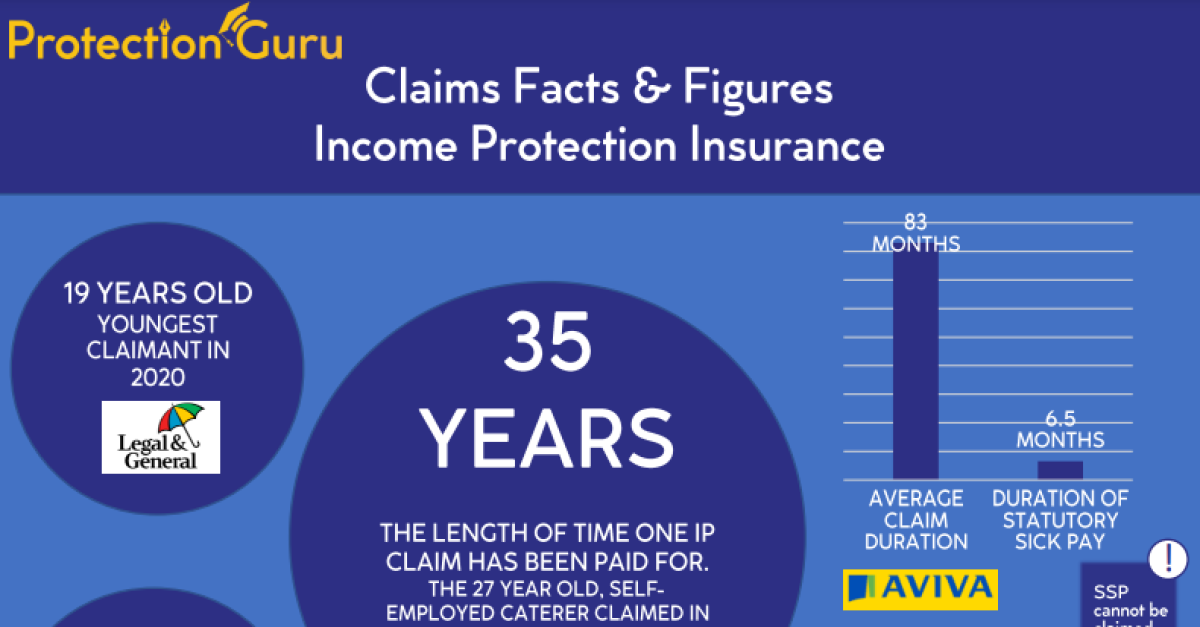
What does Vitality’s IP enhancements mean for your clients?

Vitality have today extended cover for a range of higher risk occupations, an area where they have perhaps not had the best of terms for in recent years. The changes have been made with immediate effect, however what clients will this affect and how do they improve the Vitality proposition?
Up until now, Vitality have used a “Special Definition” for many class 3 and 4 occupations where an own occupation definition was provided, however after one year of claiming the benefit was reduced by half unless they were also able to meet three of the activities of daily living. In addition, there were certain occupations (such as teachers, nurses and care workers) that had lower maximum age caps and many occupations where a shorter deferred period was not available.
The enhancement launched today will see 349 occupations moved from the Special Definition to the standard Own Occupation definition. It will also mean that 22 occupations with have the maximum age at expiry available increased to age 70 and one and two month deferred periods made available to 280 occupations.
Examples of the occupations this affects are:
Moved from special definition to own occupation definition |
1 and 2 month deferred period now offered |
Expiry age extended to age 70 |
Builder |
Warehouseman |
Teacher |
Carpenter & Joiner |
Mechanical Engineer |
Nurse |
Factory worker |
Plumber – Domestic |
Social Worker |
Gas Fitter |
Mechanic |
Staff nurse |
HGV Driver |
Teaching Assistant |
Care Assistant |
Paramedic Driver |
Landscape Gardener |
Community nurse |
Postman |
Garage Mechanic |
Headteacher |
Airlie cabin staff |
Health visitor |
Nurse – Sister |
Machine Operator |
Welder/Fitter |
Charge Nurse |
Delivery Driver |
Nurse – Sister |
Care Worker – Residential |
Joiner – Construction |
Paramedic (No driving) |
|
Childminder |
Housekeeper |
|
Bus Driver |
Animal Trainer/Keeper |
|
Train Driver |
Fitter-Assembler |
|
Aircraft Maintenance Technician |
|
|
These changes are overwhelmingly positive and will provide advisers with another option when putting income protection in place for people working in occupations that are deemed higher risk. Many people working in these occupations will have incomes that fluctuate due to being self-employed or due variable overtime. As such Vitality’s Guaranteed Benefit option becomes an excellent option for advisers when dealing with these types of occupation. It enables them to guarantee the benefit amount paid at point of claim (regardless of the client’s level of income) by completing the financial underwriting at application or shortly after. This along with the changes made by Vitality today, mean they should be a serious consideration for higher risk occupations.


















